The school teaching tolerance with war at its door
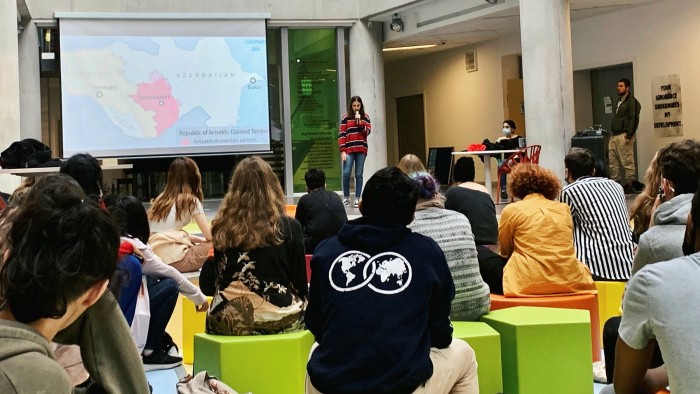
Simply sign up to the Education myFT Digest -- delivered directly to your inbox.
With the seating arranged into small discussion circles, Sergey Phokine asks his politics students to “war game” a longstanding cross-border conflict that, in late 2020, took a lethal turn — just a few hours’ drive from their school in northern Armenia.
Some of the teenagers role-play Armenians, others Azeris, and the rest Russians, Europeans and Americans as they explore the actions that have played out in the region since the Soviet Union teetered towards collapse. “Should we say borders should not change because there was a prior agreement and we must honour it?” Phokine probes.
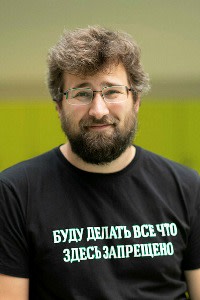
While his counterparts around the world focused on adjusting to remote learning amid the Covid-19 pandemic, at UWC Dilijan — the international school where he teaches — Phokine found himself addressing the consequences of a “frozen conflict” in the Nagorno-Karabakh region that suddenly turned very hot. His school’s educational experiment raises broader questions about curricula, resources and future approaches to schooling.
“We were just heading off on a teacher retreat last autumn, after returning from lockdown, when the phones started ringing, and we knew straightaway that this time it was different from usual,” recalls Gabriel Ernesto Abad Fernández, UWC Dilijan’s headteacher.
By September, neighbouring Azerbaijan, with Turkey’s backing, had stepped up efforts to take control of the disputed enclave of Nagorno-Karabakh. The mountainous area is internationally recognised as part of Azerbaijan, but is populated by ethnic Armenians who took control after a war that started in the last days of the Soviet Union.
Last autumn, teachers were drafted into the army and 200 displaced people sought shelter locally as they fled the renewed conflict. Heavy fighting shifted the borders in Azerbaijan’s favour and left several thousands dead, as well as causing widespread damage to property.
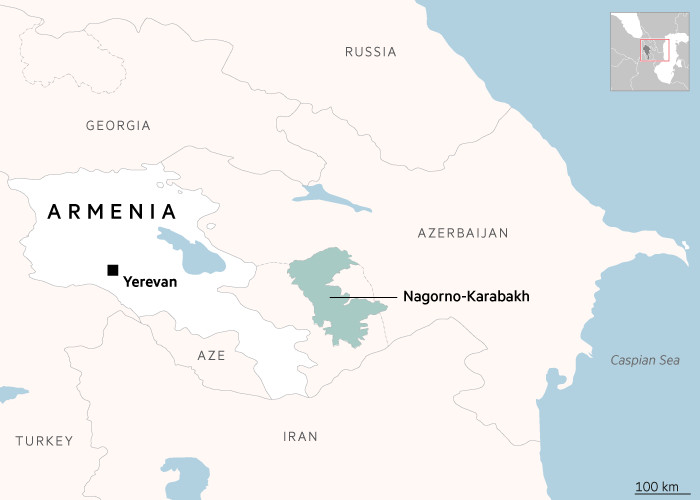
The situation was an acute trial for UWC Dilijan, a pioneering fee-paying college for high school students. It is the newest member of a network of 18 United World Colleges on four continents, established over the past half century, which explicitly embrace international tolerance and understanding.
A litmus test was the reaction of the students and alumni to the conflict, with no more than 10 per cent coming from any one country, including the host nation, according to the UWC model. Tense Armenian relations with Azerbaijan — which preclude its universities from recognising Dilijan’s school diplomas — mean it has not so far attracted any Azeri students.
Yet UWC Dilijan has a strong mix of students with connections to and interests in the region, including Russians and Turks. The college also recruits student “conflict couples” from other contested regions. For example, it brings Israelis and Palestinians together, to learn to live harmoniously.
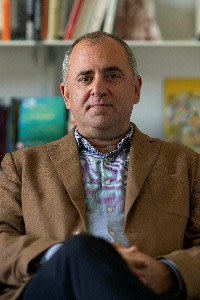
“UWC has to be more than your basic international school with flags, food and festivals. It should not just be a celebration of culture but about the learning of difference,” says headteacher Abad Fernández. He previously ran a sister college in Singapore, and handled pressures — typically from embassies more than students — when he sought to engage discussion around conflicts in Sri Lanka, Kashmir and Myanmar.
In 2018, UWC Dilijan students had already established Caucasus Connect, an arts summer camp designed for young people from across the region and held in neighbouring Georgia to overcome any reluctance among Azeri participants. During last year’s conflict, teachers discussed the issues with students, who helped cook and donate vegetables to those fleeing the fighting.
“You hear many stereotypes but, when you meet people, you understand it’s not always the truth,” says Marian, an Armenian who attended Dilijan and the 2018 camp. “I can’t think clearly because this war took a lot from me, it’s not yet easy to speak about. I’ve lost friends and the ones who are back have changed a lot. Innocent people feel the pain while the governments do whatever they want.”
“Azeris and Armenians are raised from childhood to hate each other,” says Tamerlan, who has Azeri roots, was raised in Georgia, studied at Dilijan and took part in the 2018 camp. “They should learn how to live together. I don’t think it’s realistic in the closest future. There is really strong propaganda focused on national hate and not open-mindedness.”
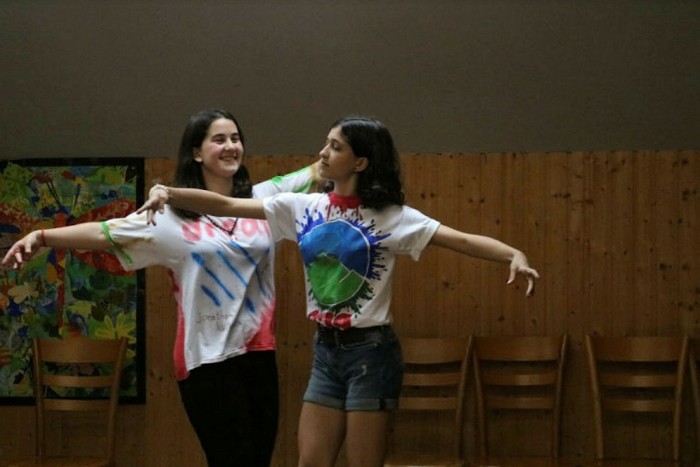
Abad Fernández says there have been no visible conflicts between current students, but the school faced a tense relationship on social media with some former pupils when it continued to take a neutral stance during the conflict. “They wanted us to side with Armenia, our host country. The fact that we were neutral and trying not to take sides raised this whole aggression.”
While firmly defending Dilijan’s commitment to peace and non-partisanship, and the use of the International Baccalaureate to ensure a global perspective in teaching, he is now reflecting on ways to further embed aspects of local culture into the school’s programme. That includes greater compulsory study of the language and literature for foreign students.
“If you leave after being in a community living and studying for two years with 83 nationalities, and you still believe war is a solution, I have to see that as a failure,” he concedes. “So we want to be more consistent and intentional in how we bring these issues to the centre. We’ve gone away from being an island of an international school.”
For all the goodwill, experimentation and social mixing, there are at least two structural barriers for UWC in its efforts to help create a more tolerant society.
The first is that by focusing only on students in their final two years of school, it may already be too late to fundamentally influence many of their values.
The second is that the school can “cherry pick” students and families most drawn to its values but, despite efforts to fundraise for scholarships, its $74,000 cost for two years per student sharply limits scope for the model to be applied more widely.
The next step under exploration at UWC is to draw on the experiences of teaching online. As a school, it wants to assess whether its modules and projects can be offered to those who cannot afford to pay, or move beyond their borders for study.
Comments